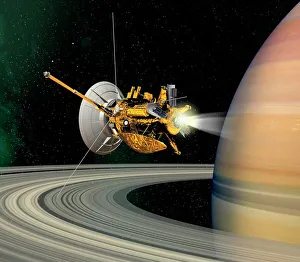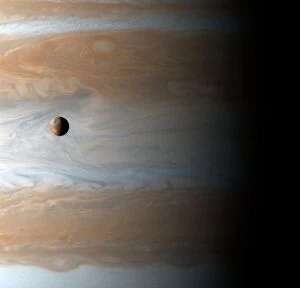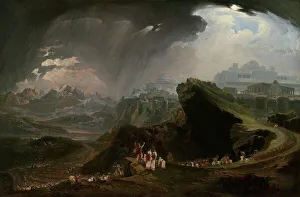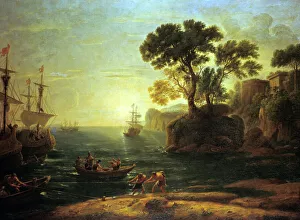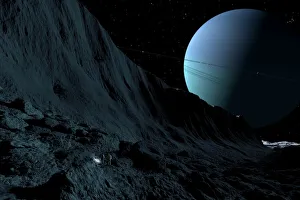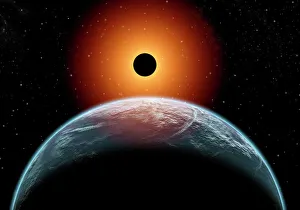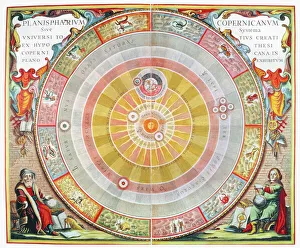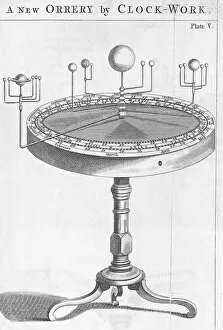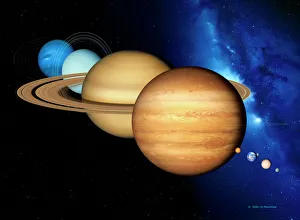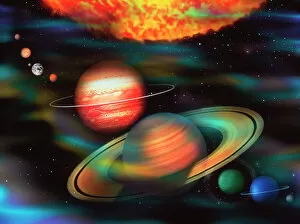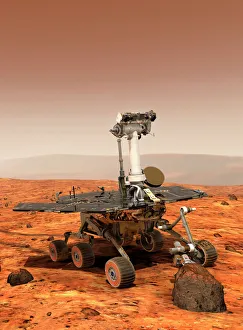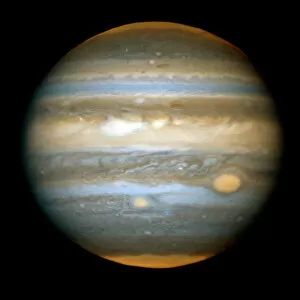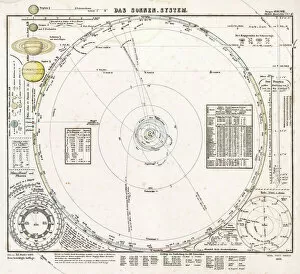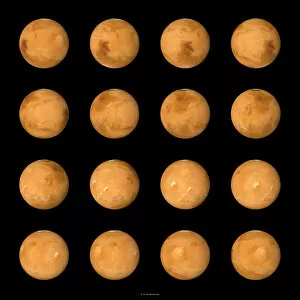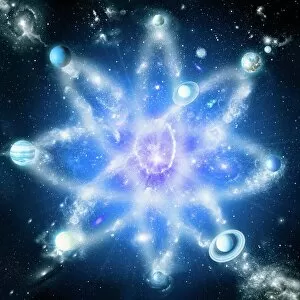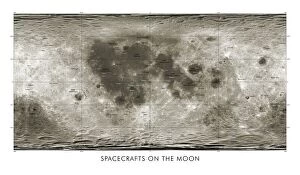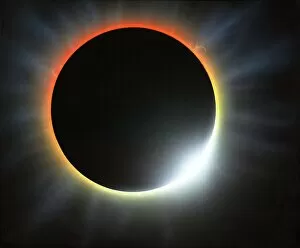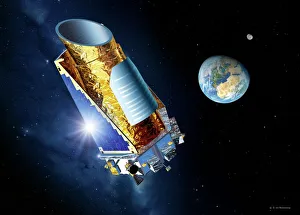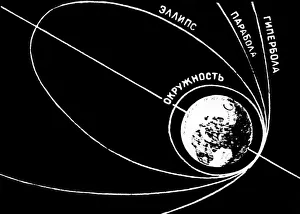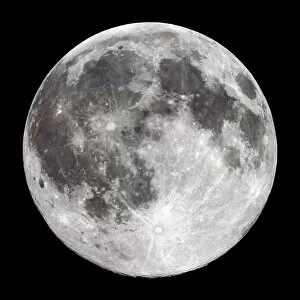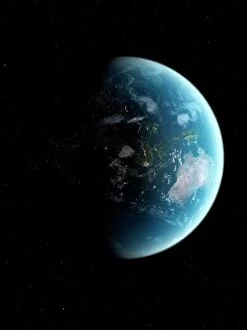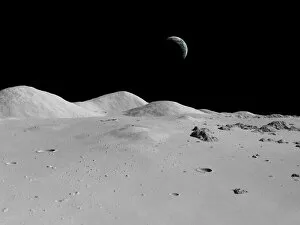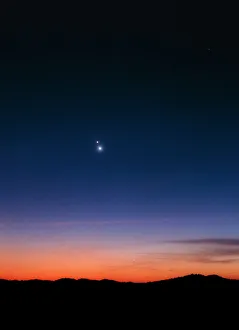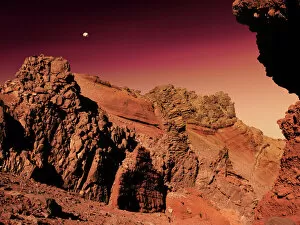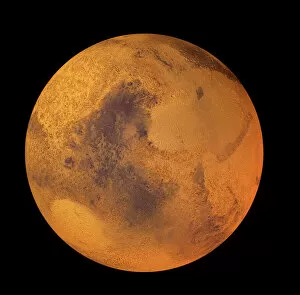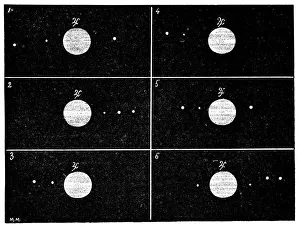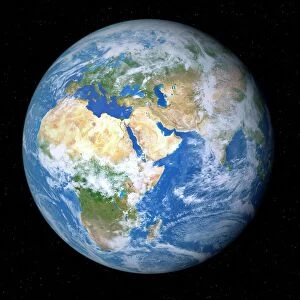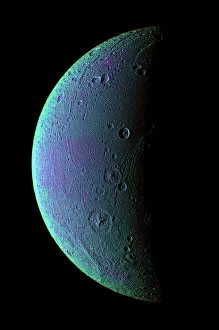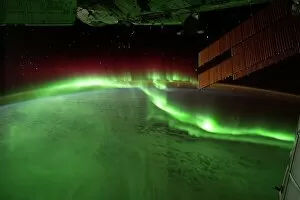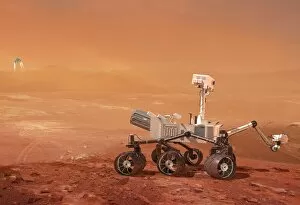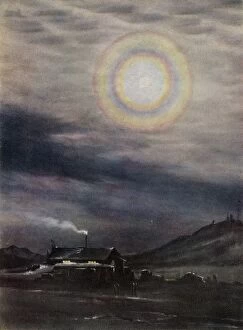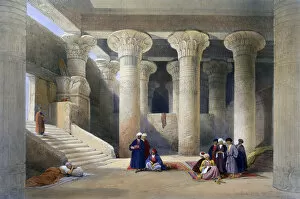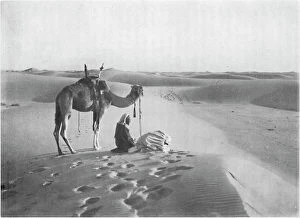Solar System Collection (page 2)
"The Solar System: A Cosmic Symphony Unveiled" In the vast expanse of space, our home planet Earth appears as a mere speck
All Professionally Made to Order for Quick Shipping
"The Solar System: A Cosmic Symphony Unveiled" In the vast expanse of space, our home planet Earth appears as a mere speck, a Pale Blue Dot amidst the infinite wonders of the solar system. Voyager 1, humanity's farthest-reaching spacecraft, captured this humbling perspective in its iconic photograph. As we journey further into the depths of space, we encounter breathtaking sights like Earthrise over Moon. The Apollo 8 mission gifted us with this awe-inspiring image that forever changed our perception of our place in the universe. Just as artists have immortalized moments on canvas, JMW Turner's masterpiece "The Fighting Temeraire" reminds us of our connection to celestial bodies. Similarly, the 1919 solar eclipse allowed scientists to validate Einstein's theory of general relativity and opened new doors to understanding gravity's role in shaping our solar system. Amidst these scientific endeavors lies an artistic touch—the Sounds of Earth Record Cover. This golden record aboard Voyager carries sounds and images representing humanity's diverse cultures and achievements—a testament to both science and art intertwining harmoniously. Venturing deeper into space reveals mesmerizing phenomena such as Orion nebula—an ethereal birthplace for stars where cosmic forces shape new worlds. And just like how artwork can capture fleeting moments, Earthrise photograph turned artwork captures a profound sense of wonder at witnessing our own planet from afar. Yet even centuries ago, artists like Samuel Palmer envisioned otherworldly landscapes through their imagination—like Coming from Evening Church—a glimpse into an artist's interpretation beyond earthly realms. Joseph Farquharson's The Silence of Snows transports us to serene wintry scenes that evoke tranquility amidst cosmic chaos. Once again, a solar eclipse captivates minds—this time in 1919—as it did during Christ in the Wilderness by Briton Riviere (1898). These celestial events remind us that nature holds immense power while inspiring artistic expressions that transcend time.


